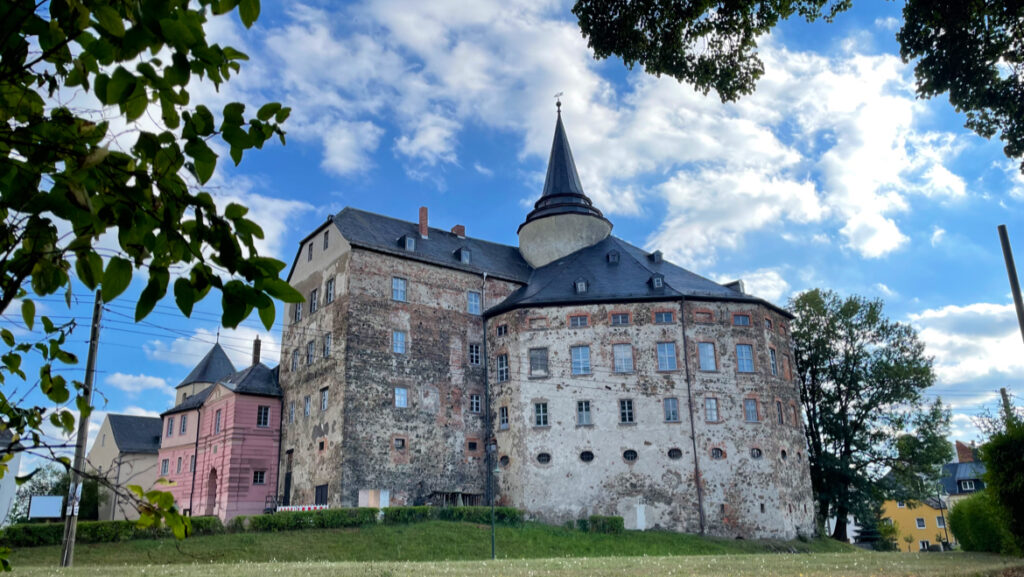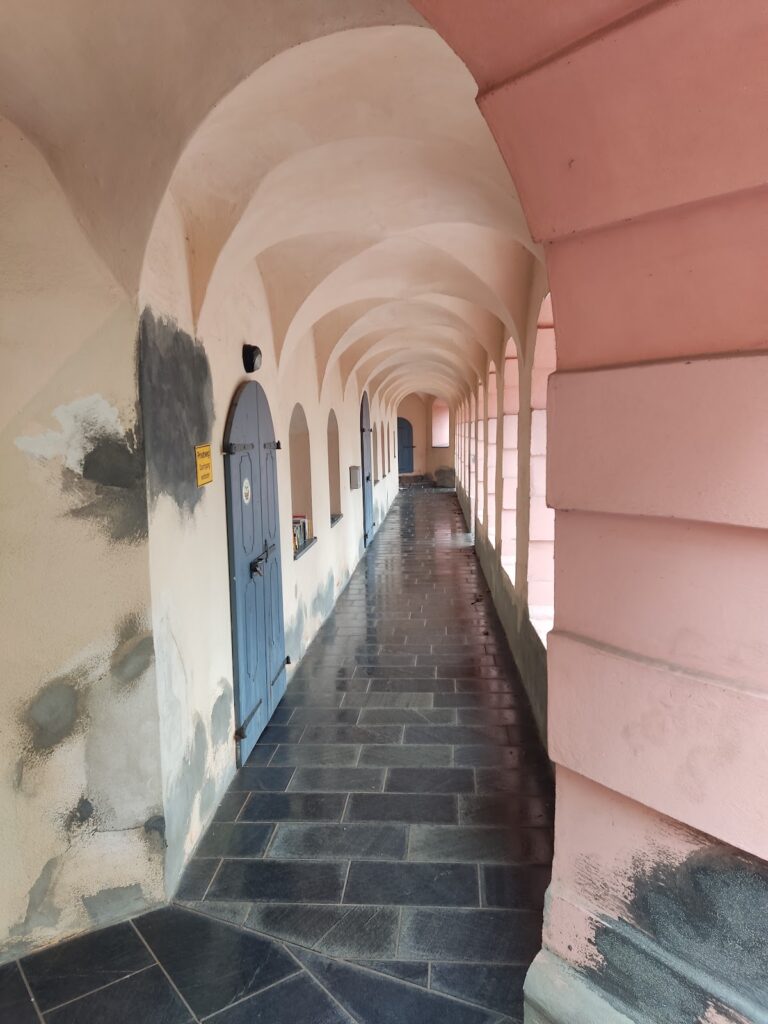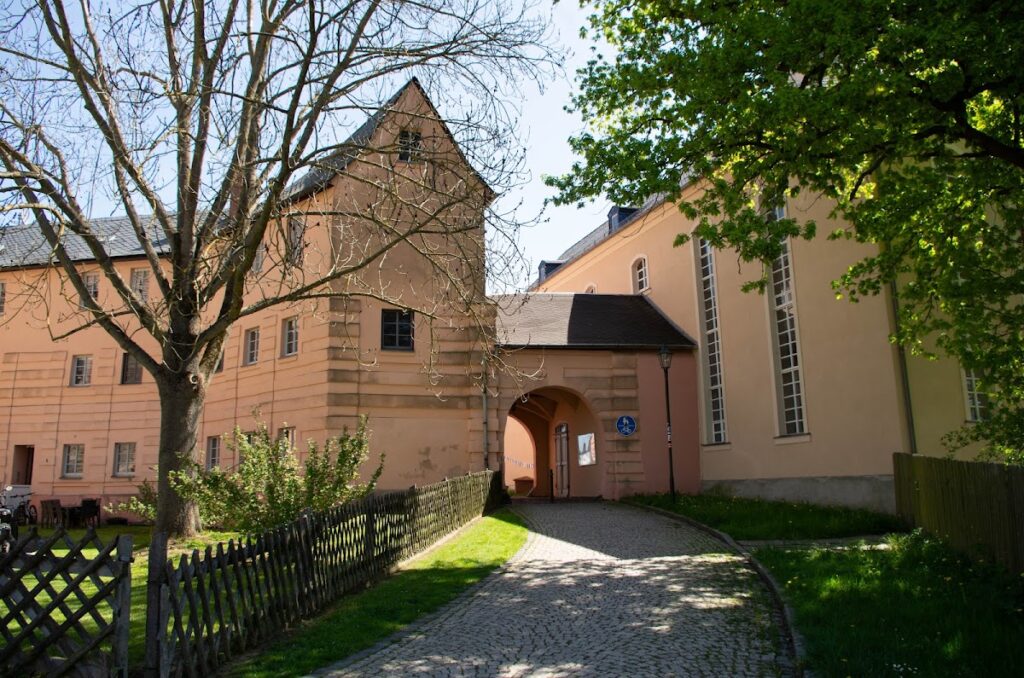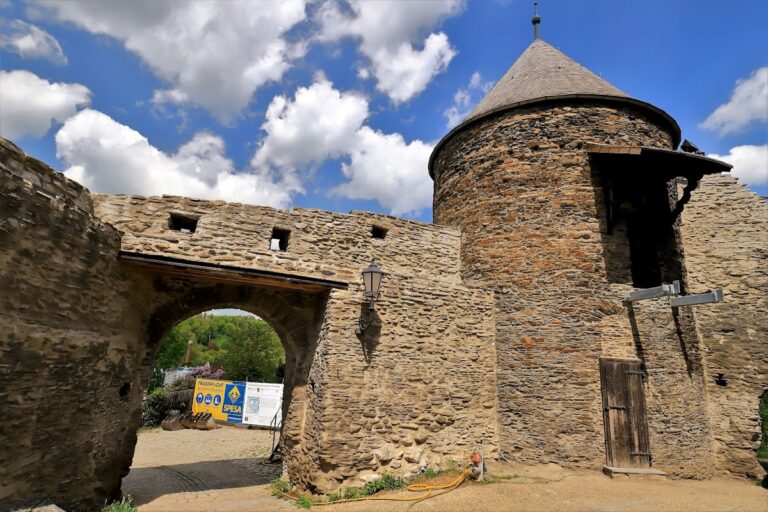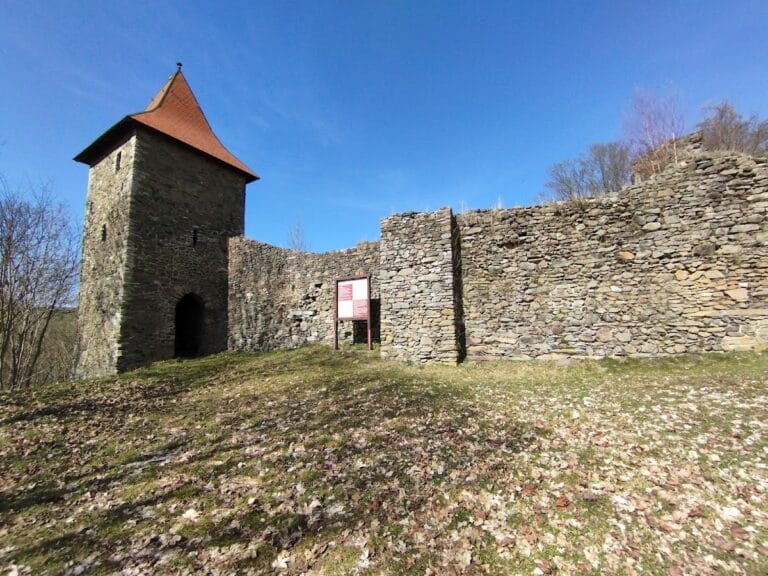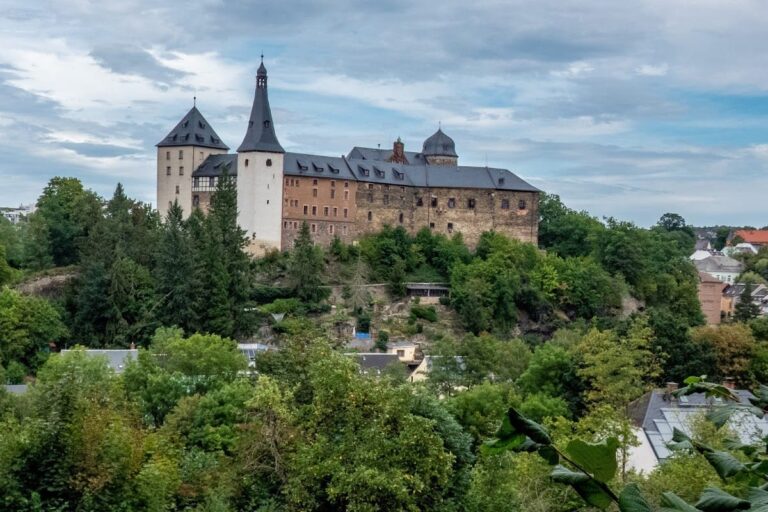Schloss Mühltroff: A Historic Castle in Pausa-Mühltroff, Germany
Visitor Information
Google Rating: 4.3
Popularity: Very Low
Google Maps: View on Google Maps
Official Website: www.schloss-muehltroff.de
Country: Germany
Civilization: Unclassified
Remains: Military
History
Schloss Mühltroff is located in the municipality of Pausa-Mühltroff in modern-day Germany. Its roots trace back to the early medieval period when it was established by the German empire to solidify control over the region and protect against Sorbian incursions.
The castle’s origins reach into the 10th or 11th century, serving as a fortified center under imperial authority. Early on, the lordship of Mühltroff belonged to the noble Lords of Lobdeburg until 1274. By the mid-14th century, specifically in 1349, records identify the castle—then called a “castrum”—as a fief under the Margraviate of Meissen. The site functioned as the residence of the Vogt, or steward, of Plauen, who governed the area known as “Muldorf.”
In 1357, control of the castle transferred to the Wettin brothers, Margrave Balthasar and Wilhelm. They granted the estate to various vassal families. Around 1380, the castle endured destruction when it was set ablaze during the Guttenberger Fehde, a regional conflict. Subsequent ownership passed through a succession of noble families: from 1436 to 1591, it was held by the Edlen von Sack, then by the von Schönberg and von Lindemann families, until the von Mandelsloh acquired it in 1601.
From 1604 until 1775, the von Bodenhausen family maintained possession, after which the castle transferred through marriage to the von Kospoth family in 1790. The property saw tragedy in 1817 when a devastating fire broke out, leading to the death of Reichsgraf Otto Carl Erdmann von Kospoth. Soon after, in 1822, the counts of Hohenthal-Püchau purchased the castle and its estates. For several decades, this family exercised judicial powers over nearby villages, a role that lasted until about 1853.
In the 20th century, the castle’s function shifted with the times. Between 1923 and 1939, it served as a convalescent home for a girls’ school from Plauen. The following year, it was gifted to the town of Mühltroff and repurposed as a storage facility linked to the Kinderlandverschickung program, which relocated children during wartime. From 1949 until German reunification in 1989, the structure was owned by the East German state and used as residential housing. Since 1999, the remaining manor house has been privately owned, adapted to modern apartments, while parts of the castle complex function as a cultural venue hosting events and tours.
Remains
The site of Schloss Mühltroff preserves a layout characteristic of a lowland fortress built on a greenstone rock outcrop. Its design originally centered on a circular tower that served both defensive and watchtower functions. This tower was surrounded by water-filled moats, creating a protective barrier against attack. Over time, residential and economic buildings extended outward, forming a knight’s estate encircling this central stronghold.
The castle’s main building primarily dates from the 16th and 17th centuries, marking a phase of significant construction that expanded upon earlier medieval foundations. After the major fire in 1817, rebuilding efforts reshaped the complex. Notably, the castle tower underwent alterations twice in the 19th century, first between 1820 and 1837 and again in 1856, reflecting changing architectural styles and functional needs.
Today, the surviving structure includes the manor house, the sole portion sold into private hands in 1999 and converted to hold modern apartments. The broader castle complex maintains important historical rooms such as the “Black Kitchen,” a distinctive feature that remains significant within the estate’s cultural offerings. The castle grounds also provide spaces adapted for exhibitions and community events, preserving the site’s role as a focal point for local heritage. Throughout the centuries, the circular tower and moat configuration has remained a defining element of the castle’s footprint, linking the present-day ruins to their medieval origins.
